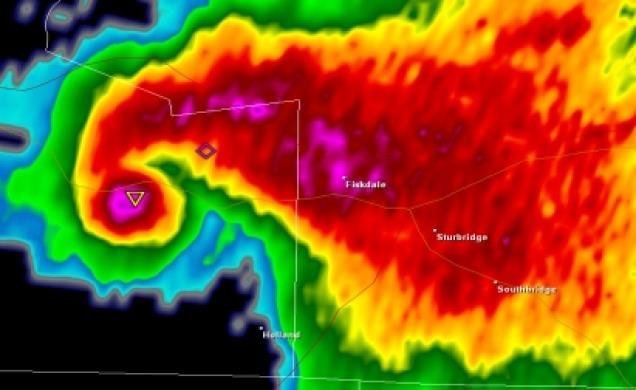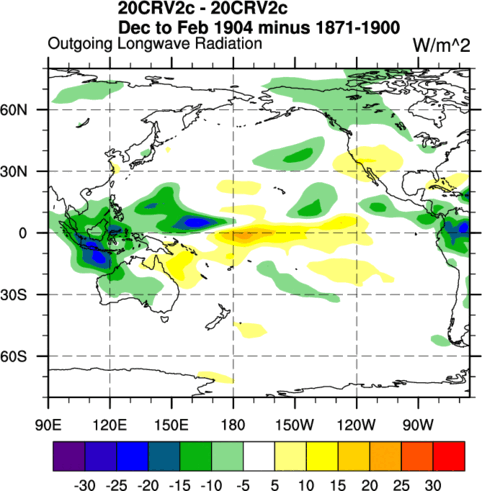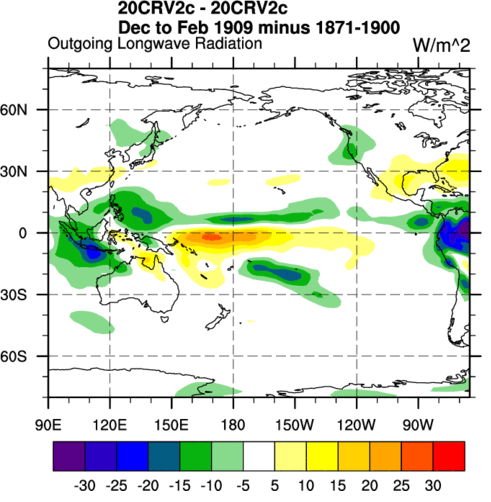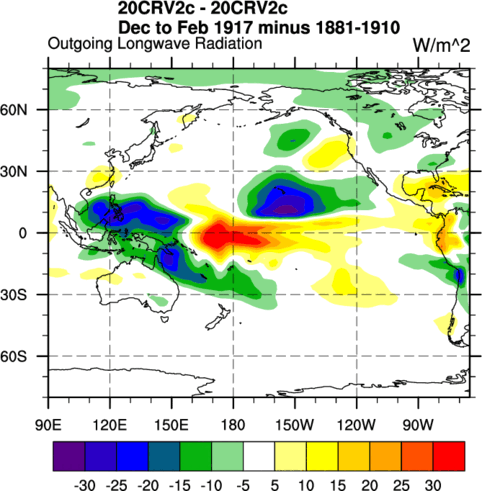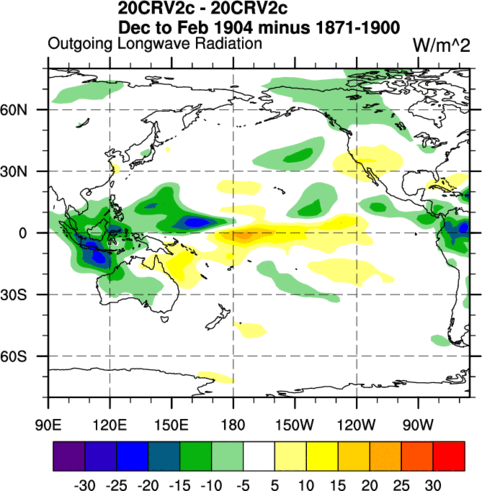-
Posts
77,918 -
Joined
-
Last visited
Content Type
Profiles
Blogs
Forums
American Weather
Media Demo
Store
Gallery
Everything posted by weatherwiz
-
Majority of the CAPE is elevated. Alot will have to do with how much of the region gets into the deeper warm sector. If we can push 60-63°F dews anywhere (probably better shot along the coast) that should yield enough llvl CAPE to get some good wind gusts. But I thought this looked a bit better a few days ago. This was never a setup about CAPE as any focus on CAPE should have been in the lowest few kilometers, but it was more about the potential degree of llvl CAPE with the shear. I was also heavily intrigued with the trough and it was was going to dig and then lift (as the system de-amplifies) across our region but now this looks to happen a bit West. This also has slowed down timing a bit (not that timing really matters in these setups). This will probably be best from NJ along LI, RI, and Cape
-
After 200-300 damage reports are received.
-
Thursday funday
-
A pretty vigorous trough amplifies as it digs into the upper-Midwest and Ohio Valley region mid-week before lifting across the Northeast later in the week. Out ahead of this trough, a strong southerly flow will develop helping to push a warm front northward. South of the warm front the airmass will become unseasonably warm and moist with temperatures climbing well into the 60's to lower 70's with dewpoints into the lower 60's. This will help to contribute to a modestly unstable airmass. Tremendous wind shear is also likely to overspread the region with a 50-60+ knots mlvl jet and a 80+ knots mlvl jet streak just off to our west. Bulk shear values will be pushing 40-50+ knots. Given the abundance of forcing, combined with the unstable airmass, a line of rain and thunderstorms is likely to push across the region late Thursday afternoon and evening. There is also the potential for some rather steep low-level lapse rates to materialize out ahead of this. Should that occur, given the wind fields aloft, the potential would exist for damaging winds along and just ahead of this line. There would also be the potential for a few tornadoes, especially in any discrete convection out ahead of the line or even embedded within the line. This could be increased is sfc winds backed a bit more southeast which is very possible given the orientation of the trough.
-
That's how most of Twitter (and social media is). I mean there are some excellent folks on Twitter but for the most part, everyone has their own agenda for click bait, re-tweets, and followers. For winter...its just find the model showing the most snow or some model which shows a "favorable pattern" For tropical its some D10+ solution showing a hurricane riding up the EC For severe its just posting hodographs and updraft helicity and using these graphics solely to make a forecast. I also can't stand the people that will post some D10+ solution and say, "This isn't a forecast and this isn't going to happen but here's what the ____ model shows at D12"...WHY POST IT????? FOR WHAT REASON? I'll tell you the reason, clicks, re-tweets, followers, likes.
-
SPC evens mentions possible severe next Friday!!! If we can get dews to get into the lower 60's we could see a fun low-topped line swing through
-
I am sniffing some low topped squall line severe potential the end of next week.
-
Yeah it's a pain. There's also the issue too that not all variables exists within each database. For example, for OLR I had to use 20th century reanalysis V2C b/c there was no OLR data in V3.
-
Ahh I think I know why. If you're using NCEP/NCAR 1 that dataset doesn't start until January of 1948 so a climo period of 1941-1970 wouldn't work for NCEP/NCAR. What I do is use either 20th Century Reanalysis V3 or V2c for years up through 1980. I then switch to NCEP/NCAR from 1981 as you can then compare to 1951-1980 climo period
-
hmm yeah I don't see to have any issues with the 1941-1970 climo period.
-
Does anyone know where you can get archived maps of sea-surface temperatures (with a focus on Long Island Sound)?
-
My last post yielded an incorrect assessment. I'm sitting here looking at my printouts of ALL La Nina winter OLR Anomalies and there is the striking correlation of +OLR Anomalies within the ENSO regions which makes sense given that is a signature of La Nina events. The composites have the majority of -OLR anomalies around the Indian Ocean, however, there are some Nina events in which there were -OLR anomalies farther east. This is probably a terrible post as there is already an answer to this, however, I am posting as I am interpreting but I am curious to see if there is a stronger consensus when breaking down via strength and structure.
-
So from all this you can see that even with similar Nina episodes of strength and structure there can be large variations in tropical forcing. I also want to incorporate sigma velocity potential as well into this. But from here going to try and draw some conclusions regarding the tropical forcing and see if some strong correlations can be made to temperature anomalies. However, I think (and I believe Ray mentioned this several times) there likely will be a stronger correlation to [500mb] height anomalies.
-
Weak Basin-Wide La Nina Winter (DJF) Outgoing Longwave Radiation Anomalies (Using Ensemble ONI + ONI): Moderate Basin-Wide La Nina Winter (DJF) Outgoing Longwave Radiation Anomalies (Using Ensemble ONI + ONI): Strong/Super-Strong Basin-Wide La Nina Winter (DJF) Outgoing Longwave Radiation Anomalies (Using Ensemble ONI + ONI):
-
Weak East-Based La Nina Winter (DJF) Outgoing Longwave Radiation Anomalies (Using Ensemble ONI + ONI): Moderate East-Based La Nina Winter (DJF) Outgoing Longwave Radiation Anomalies (Using Ensemble ONI + ONI): Strong/Super Strong East-Based La Nina Winter (DJF) Outgoing Longwave Radiation Anomalies (Using Ensemble ONI + ONI):
-
Weak West-Based La Nina Winter (DJF) Outgoing Longwave Radiation Anomalies (Using Ensemble ONI + ONI): Moderate West-Based La Nina Winter (DJF) Outgoing Longwave Radiation Anomalies (Using Ensemble ONI + ONI): Strong/Super-Strong West-Based La Nina Winter (DJF) Outgoing Longwave Radiation Anomalies (Using Ensemble ONI + ONI):
-
Well with Fiona into Puerto Rico and then Ian things got a bit busy so fell behind a bit on this. But I completed GIFs looking at OLR Anomalies. Last page I posted OLR Anomalies for Weak, Moderate, and Strong/Super-Strong La Nina Winter's. West-Based La Nina Winter (DJF) Outgoing Longwave Radiation Anomalies (Using Ensemble ONI): East-Based La Nina Winter (DJF) Outgoing Longwave Radiation Anomalies (Using Ensemble ONI): Basin-Wide La Nina Winter (DJF) Outgoing Longwave Radiation Anomalies (Using Ensemble ONI):
-
Gotcha...I think I see what you're saying now.
-
Especially in these situations where there is a quite a bit of uncertainty present and you have so many factors which will be an influence.
-
This is a terrible post, mostly in part because of the last sentence. First off, since day 1 the right side of the NHC cone was of the eastern Florida coast. In terms of having Ian go off the coast and hitting SC/NC early on they didn't have that (or anyone) because there was no reason to do so and this was looking well into the longer range on the forecasting side. The range of the cone always indicated this was a possibility.
-
Plus if people are going to base such a decision because of a past experience that's just foolish on their part.
-
Yup. ERC's are very difficult. Where there has been enough research conducted to build a fundamental understanding and knowledge of what these mean for storms, forecast models don't handle those processes very well...and it has nothing to do with models "being bad"...they just aren't sophisticated enough yet to derive the processes. While we may see one is occurring and can draw conclusions there really is no way to say, "this is def going to be cat 4 or cat 5".
-
One big problem is the general public wants absolutes and don't care about the "probability" and don't even understand how probability works to begin with.
-
Yeah when I woke up this morning and saw it had only weakened to 65 mph and how Ian still looked I felt more confident this would become hurricane again over the open waters.
-
As we've seen the last several years there is not much you can do sometimes when it comes to intensity. Now model intensity guidance had been very aggressive in this becoming a category 4 hurricane but as we got closure there actually became a bit more in the way of spread regarding this and for good measures. 1) There was still the potential for a farther north track. The idea was this was it would encounter more shear and dry air which would disrupt the structure and in this scenario we saw the potential for a stall in which upwelling could eventually disrupt too. 2) There was the idea of a stronger storm if it tracked farther south and east but again, the uncertainties regarding the more northerly track yielded some hesitation with this. After the fact, it's always easy to go back and "Monday morning QB" but it's also great to go back and learn. Was the idea of the shear/dry air being overstated here? At the end of the day there really is no way to know that until you get to a certain point. But looking back, when Ian left Cuba with an incredible structure still intact and the eye rapidly becoming more symmetrical and the while structure becoming as organized as it did...it should have became very apparent shear/dry air was going to be a non-factor. Perhaps there was a shot dry air could have been a factor when the ERC was occurring, however, given the ERC meant little change in structure then it should have became apparent. We've seen this with past monsters when dry air was a concern. Once a tropical system is fully mature and well organized with its structure and features it becomes very difficult to ingest the dry air. By this point the degree of rising motion and condensation is too much. There really was no way for Ian to ingest dry air into its center. Also, I saw someone post this from Twitter but the orientation of the ULJ (despite it's strength) was one which favored enhanced upper-level divergence and probably further aided in strengthening.

